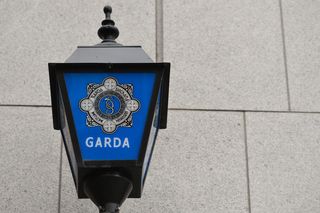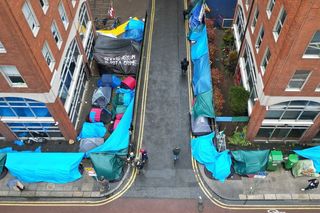Housing and utility costs here 78pc higher than the EU average
Alcohol and restaurants are more expensive in this country than the EU average. Stock image
PRICES in Ireland for consumer goods and services are the joint second highest in the European Union.
Prices were are 36pc higher than the average across the union last year.
New figures show this country is the most expensive for alcohol and tobacco and one of the more expensive for food, according to data from the European statistical agency Eurostat.
However, prices for clothing and footwear are below the average for the bloc.
Price levels were highest in Denmark and lowest in Romania.
Read more
Alcoholic beverages and tobacco are a startling 87pc higher in this country than the average in the EU, with most of this difference put down to higher excise and other taxes imposed in this country.
Under the category of housing, water, electricity and gas, Ireland is adjudged to be 78pc more expensive than the average.
Communication services are 40pc dearer here than in other countries in Europe.
Restaurants and hotels has come out as 29pc more expensive in the data that refers to 2020.
Transport services are 37pc more expensive in this country that in the average across the 28 countries in the European Union.
Food and non-alcoholic beverages are 13pc higher in prices in Ireland than the average.
Personal transport equipment, which refers to cars and bikes, is also 13pc more expensive in Ireland than elsewhere in the union.
Clothing prices are the same as the average across the EU, with footwear prices slightly lower.
Economist with KBC Bank Austin Hughes said the Eurostat findings “support the general conviction that the cost of living is a major problem even if the current official inflation rate is well behaved at just under 2pc”.
He said that with Irish prices 36pc above the EU average, prices are generally comparatively high here compared with other countries.
But the standout areas where Irish prices are the highest in the EU are for housing, heating and light, where Irish price levels are 78pc above the EU average and drink and tobacco prices which are 87pc above the average.
In comparison, food prices 13pc above EU average and clothing 1pc above average are relatively well behaved.
“It may be a small comfort that Irish incomes are also somewhat above the EU average and Irish inflation, the rate of increase in Irish prices has consistently been lower than the EU average in recent years,” Mr Hughes said.
Data earlier this week, also from Eurostat, showed that the purchasing power of households here is below the EU average and as much as 30pc below the wealthiest member state Luxembourg, the data shows.
The figures suggest Irish living standards are significantly below the wealthiest Europeans, partly because prices here are high.
And inflation statistics last week indicate that prices are rising fast, and were 1.7pc higher in May when compared with a year ago. This is the fastest rate of rise in nine years.
There were rises in the cost of energy, hairdressing, restaurants, alcohol and hotels. Eight energy firms have raised their prices in the past few weeks, some for the second time this year.
Join the Irish Independent WhatsApp channel
Stay up to date with all the latest news














